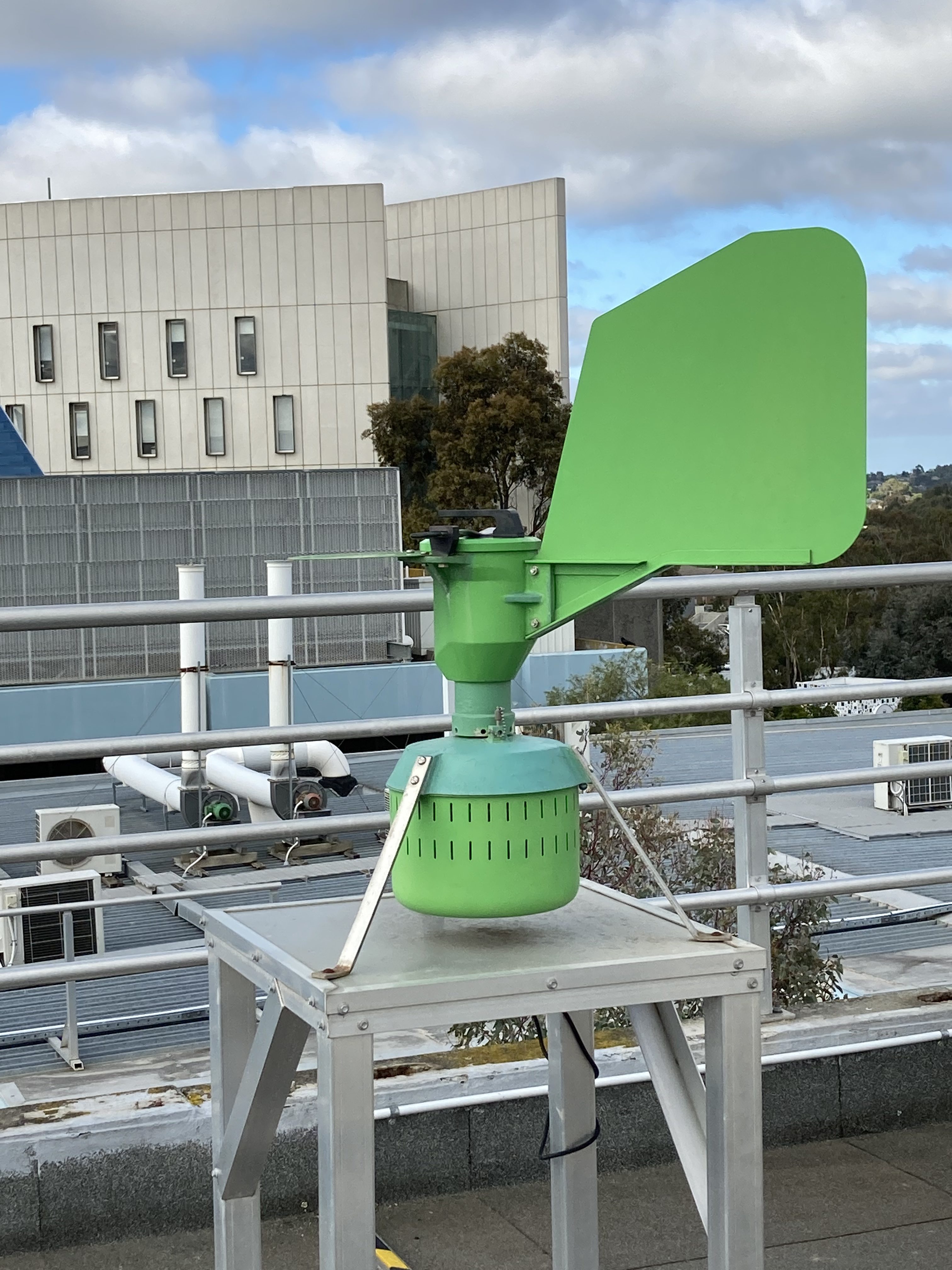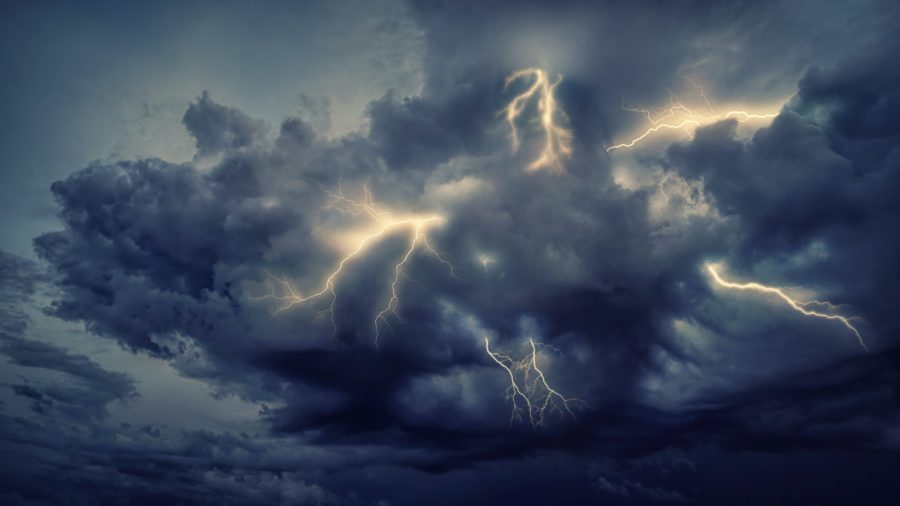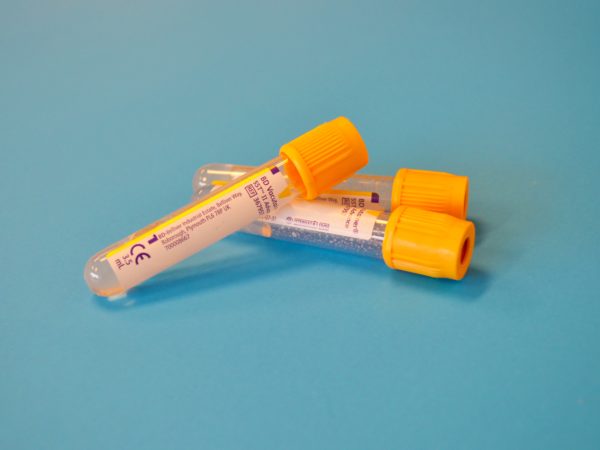With the next Epidemic Thunderstorm Asthma event predicted in Melbourne for November 2021, we sat down with Kira Hughes to talk staying safe this pollen season.
Despite being a rare weather and health phenomenon, Victoria is a hotspot for Epidemic Thunderstorm Asthma (ETSA). There are only 26 recorded cases of ETSA events from around the world; seven of those have occurred in Melbourne.
Our last ETSA event happened as recently as 2016. Over the course of one blustery night, thousands of Melbournians rushed to hospital to have their asthma symptoms treated, and ten people died in the process.
With another ETSA event looming, we asked: what can we do to protect ourselves?
PhD student Kira Hughes and her supervisor, Dr Dwan Price, are researchers within the Centre for Cellular and Molecular Biology at Deakin University. In 2020, the pair explored the ramifications of the 2016 ETSA event in their review, ‘Epidemic Thunderstorm Asthma: Lessons Learned from the Storm Down-Under’.
With the next ETSA event projected to occur in November 2021, we sat down with Ms Hughes to uncover what conditions can lead to a devastating case of thunderstorm asthma, and how we can help prevent those at risk from needing hospitalisation.
There’s something in the air…
Epidemic Thunderstorm Asthma events are predicted to occur every two to three years. In Melbourne, they’ve always happened during pollen season, between October and December.
Ms Hughes says that, under certain conditions, storms can increase the density of pollen in the air, which can in turn cause a person’s asthma to flare up – sometimes to the extent that they need to be admitted to hospital. She adds that what we don’t yet know is how these conditions can also make pollen a more potent allergen than it usually is, turning a regular stormy day into an asthma epidemic.
To find out, Ms Hughes has been researching the relationship between airborne allergens and asthma – all from the rooftop of Deakin’s NeuroAllergy Research Laboratory.
“I spend my mornings collecting pollen samples from a machine we have on the roof of our lab,” she says. “We basically use a fancy vacuum that sucks in air at the same rate that we breathe in, and a sticky trap captures pollen, fungal spores, soot, debris – anything in the air over the course of the day.”

It’s a concoction that would make any asthmatic nervous. Ms Hughes adds that fungal spores are some of the biggest culprits of thunderstorm asthma.
“But while spores are usually more prevalent than pollen, we don’t have a lot of data on how potent they can be here in Australia,” she says.
Suspecting that their potency could be affected by the environment they grow in, Ms Hughes is testing how moisture and pollution can influence allergens. She’s hoping to discover a connection between certain kinds of fungal spores and local asthma rates – something which might help to explain why ETSA events consistently occur in Melbourne.
Know the dangers and plan accordingly
So, how worried should you be about an Epidemic Thunderstorm Asthma event? According to Ms Hughes, they’re infrequent, but inevitable.
“The question isn’t if another thunderstorm event will happen, but how bad the next one will be,” she says.
The first thing to consider is that our pollen seasons can be pretty inconsistent. According to Ms Hughes, the 2020 pollen season was one of the worst in two decades – but it didn’t give way to an ETSA event.
“We were seeing high pollen numbers only a couple of days into October, when they usually don’t climb until late October or early November,” she says. “This was a surprise as algorithms had predicted that 2020 would be an average year at best.”
So while we may have the ideal conditions for an ETSA event, there’s no guarantee they’ll lead to a disaster. But just in case, it’s important to keep an eye on the pollen levels in your local area – whether you’re asthmatic or not.
Although they’re rare, thunderstorm-related asthma attacks can be severe, and as we saw in 2016, they can quickly turn deadly if left untreated. And it’s not just asthmatics who are at risk; Ms Hughes warns that people who suffer from hay fever have previously required urgent care during ETSA events.
As both a scientist and hay fever sufferer, Ms Hughes urges everyone to consider the potential dangers of an ETSA event and prepare themselves accordingly.
“Very few deaths have been caused by ETSA events, but it’s important that if you’re at risk, you know the dangers and are prepared for the upcoming pollen season,” she says.
“I would encourage anyone with asthma to visit a healthcare professional and develop an action plan. Deakin AIRwatch and Melbourne Pollen, which both predict daily pollen levels across the state, are also available to the public, and can be useful for helping you reduce your contact time with pollen.”
And if it’s a high pollen day? You might want to stay inside.
Kira Hughes is a PhD student and researcher within the Centre for Cellular and Molecular Biology at Deakin University.
Tracking pollen levels? Stay safe with Deakin AIRwatch and Melbourne Pollen.




